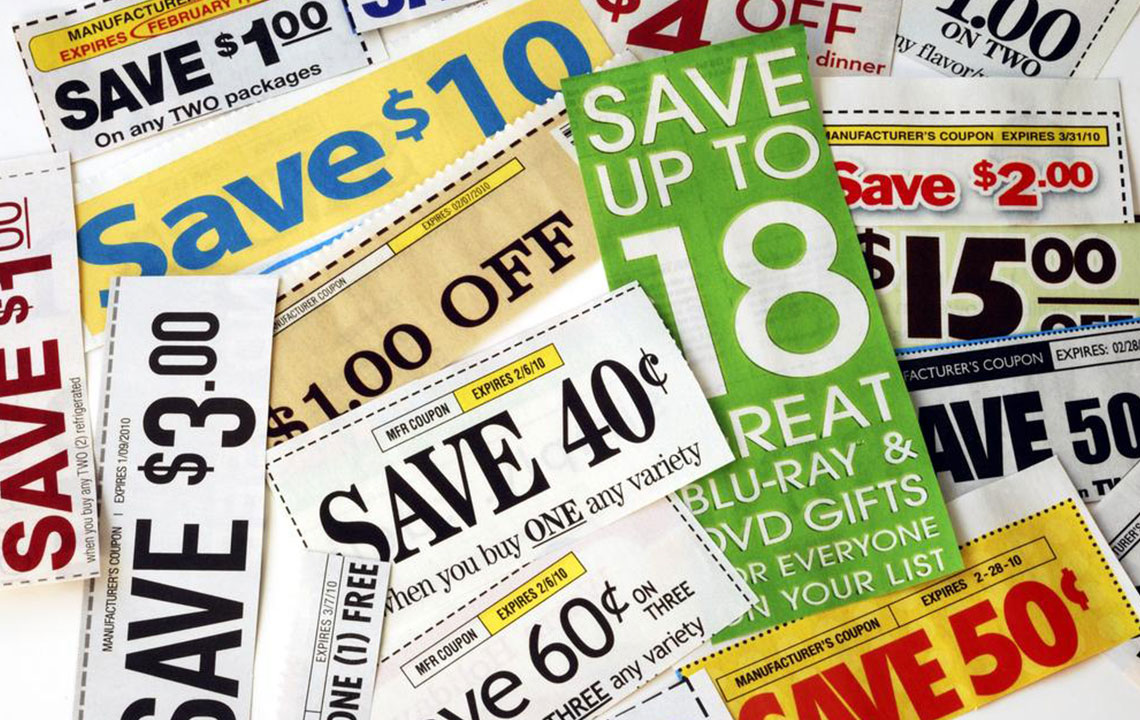Proven Techniques to Lower Prescription Medication Expenses
This comprehensive guide provides proven strategies to significantly reduce prescription medication costs. From comparing pharmacy prices and utilizing health savings accounts to leveraging manufacturer coupons and choosing generics, these practical tips can help consumers manage expenses more effectively. The article emphasizes planning, coupon use, and online options, ensuring that individuals can access necessary medications at lower prices while maintaining health and financial stability.

Proven Techniques to Lower Prescription Medication Expenses
Healthcare costs in the United States are soaring, currently reaching approximately $3 trillion annually, and projections indicate these expenses will continue to grow. Among the most significant financial burdens for Americans are prescription medication costs, which disproportionately impact seniors and vulnerable populations. Recent studies reveal that retirees might face out-of-pocket prescription expenses exceeding $250,000 over their lifetime, especially because many of these costs are not fully covered by insurance plans. This situation is exacerbated by rising drug prices, driven by factors such as patent protections, the high cost of specialty medications, and limited competition in certain drug markets. As these expenses continue to mount, finding effective strategies to reduce medication costs is more critical than ever.
Managing prescription drug expenses can be complex, but with a strategic approach and awareness of available resources, many consumers can significantly cut their expenses. The following comprehensive guide explores proven methods and practical tips to help alleviate the financial burden associated with prescriptions, ensuring better medication access and adherence without breaking the bank.
Take advantage of these effective strategies to save money on prescription medications.
Compare Prices Across Pharmacies
One of the simplest yet most impactful ways to reduce prescription costs is to shop around and compare prices at different pharmacies. Prescription drug prices often vary significantly between different providers, even within the same geographic area. By calling local pharmacies or using online medication price comparison tools, consumers can identify the most affordable options for their specific prescriptions. This is particularly important for individuals whose insurance plans do not cover certain medications or for those paying out of pocket. Regularly comparing prices ensures you are getting the best deal possible and can lead to substantial long-term savings.
Leverage FSA and HSA Accounts
Flexible Spending Accounts (FSAs) and Health Savings Accounts (HSAs) are powerful tools designed to help consumers save on healthcare expenses, including prescriptions. Contributions to these accounts are made pre-tax, effectively reducing taxable income and increasing available funds. Using FSA or HSA funds for medication purchases can save you up to 30% or more on prescription costs, depending on your tax bracket. It is essential to understand the nuances of each plan—FSA funds are typically use-it-or-lose-it within the plan year, while HSA funds can roll over and accumulate for future needs, providing greater flexibility and long-term savings.
Utilize Manufacturer Coupons and Discount Programs
Many pharmaceutical companies and drug manufacturers offer coupons, discounts, and savings programs to make their medications more affordable. These coupons are often available online, on manufacturer websites, or through pharmacy dispensers. Before using coupons, verify their legitimacy by visiting official manufacturer pages or trusted coupon sites. When used correctly, manufacturer coupons can substantially reduce copayments and out-of-pocket expenses, sometimes making brand-name drugs comparable in price to generics. Additionally, some drug companies provide free samples, extended trial periods, or patient assistance programs to aid in affordability.
It’s important to note that certain states, Medicaid, and Medicare programs restrict the use of coupons and rebates because they may conflict with policies promoting generic medication use and cost control. Nonetheless, coupons remain a valuable resource for accessing new or more effective therapies that might otherwise be prohibitively expensive.
Order from Licensed Online Pharmacies
Online pharmacies are increasingly popular and often offer discounted medication prices, combined with convenience features like home delivery. To ensure safety and authenticity, always choose accredited online pharmacies that are verified by organizations such as the Verified Internet Pharmacy Practice Sites (VIPPS). Licensed online vendors employ licensed pharmacists, adhere to strict safety standards, and provide prescriptions only when backed by valid healthcare provider instructions. Many online pharmacies also offer special discounts, bulk purchasing options, and free delivery, which can collectively reduce overall costs. Always ensure that your prescriptions are valid and have been prescribed by a licensed healthcare professional.
Explore Free Prescription Filling Programs
Several local pharmacies, including some grocery store chains, offer free or reduced-cost prescription programs for specific medications such as antibiotics, blood pressure drugs, diabetic medications, and more. These programs are designed to improve medication adherence, especially for chronic conditions, by easing financial barriers. It's worthwhile to check with nearby pharmacies or community health clinics to see if you qualify for such programs. Some hospitals and charitable organizations also run medication assistance programs that provide free or low-cost prescriptions to eligible individuals.
Plan Your Insurance Coverage Carefully
Proactive planning and regular review of your health insurance plan can prevent unexpected prescription costs. During open enrollment periods, scrutinize your current plan’s formulary to ensure your preferred medications are covered. If not, consider switching plans or negotiating with your insurance provider before the enrollment deadline. Many insurers offer tiered formularies, where generic medications are on the lowest tier, resulting in lower copays. By understanding your insurance benefits and coordinating your medications accordingly, you can avoid costly out-of-network or non-covered drug purchases.
Choose Generic Medications Whenever Possible
Switching from brand-name to generic medications is one of the most effective cost-saving strategies. Generic drugs are bioequivalent to their brand-name counterparts but are usually available at a fraction of the cost. Keep an eye on patent expirations, which open the door to more affordable generic options. When your healthcare provider prescribes a medication, ask whether a generic version is available. Additionally, various coupon programs and pharmacy discount cards often provide further savings on generic medications, making it easier to manage chronic and acute conditions without overspending.




